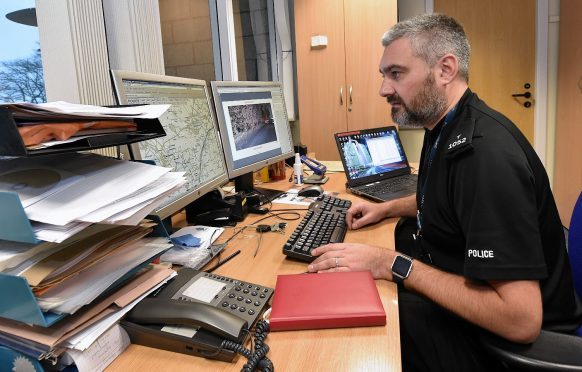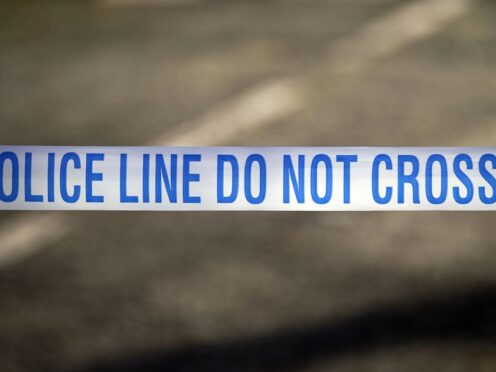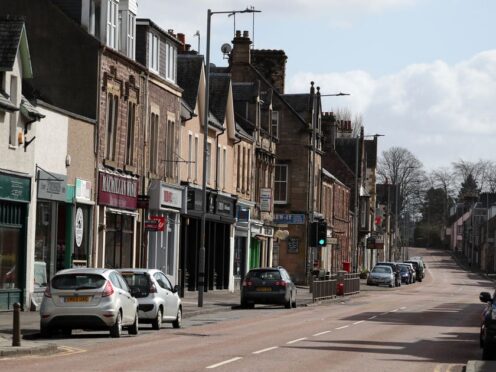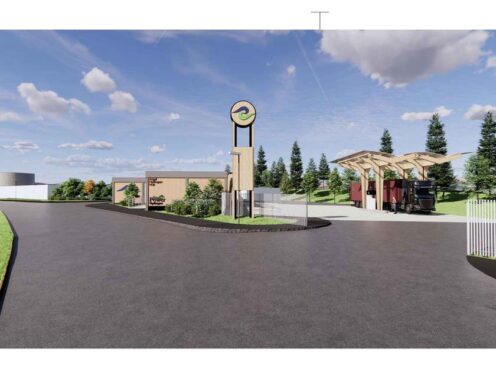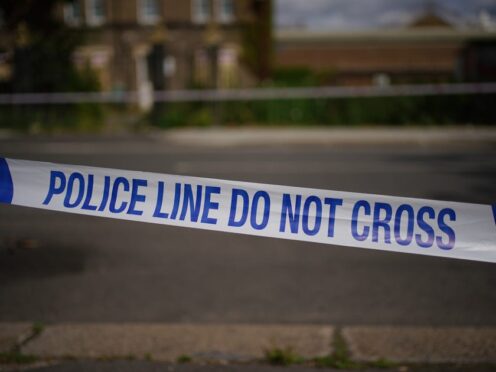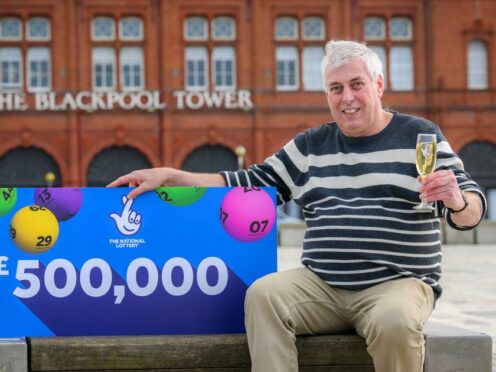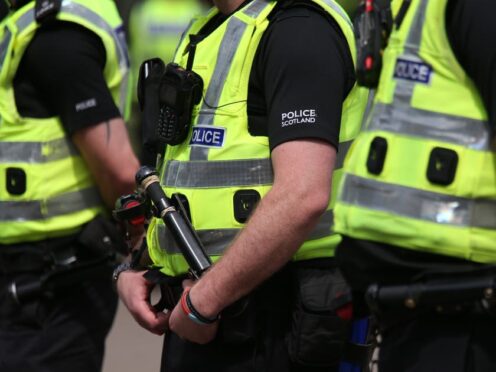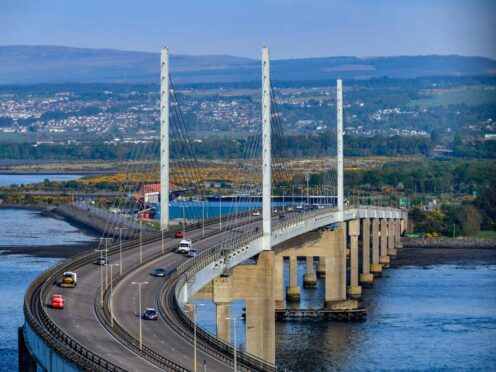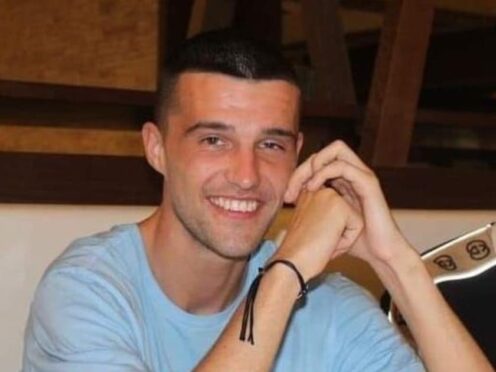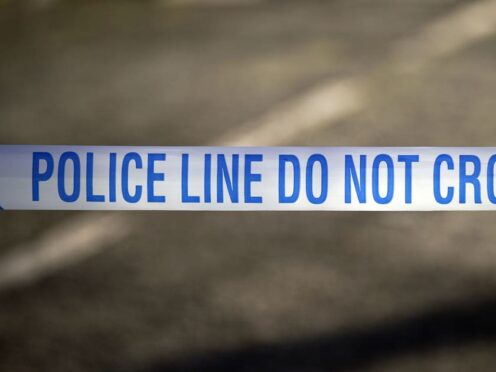Collision investigators need to “reconstruct” the scene after looking at the physical evidence available to them.
When they are surveying the scene, they can use a range of tools, which have advanced significantly since Constable Mutch joined the team.
During his training, officers still had to map out the scene with tapes, which then had to be plotted out on a drawing board back at the office.
Shortly after he became a collision investigator, the force began using electronic equipment to measure distances.
They would then have to map this out on a computer with basic drawing software.
Since then, the technology available to the officers has advanced to the point where they can use GPS and can also produce 3D drawings of the scene.
Once they have assessed the crash site, the investigator will carry out an examination of the vehicles involved where they are looking for any defects.
And this can present fresh challenges due to the advances in technology in recent years.
Constable Mutch said: “Even since I’ve started doing collision investigations there’s been major developments.
“The safety features in vehicles are terrific, for example simple things like the seat belt warning lights mean we are finding fewer people not wearing them.
“But it doesn’t take away from the fact that some people are still doing things that are causing collisions.
“There are a lot of changes that we are having to adapt to and that does sometimes mean going to the manufacturer and saying tell me something about this feature.”
Following their vehicle examination, the investigators have to prepare a report which will be submitted to the procurator fiscal.
And, in the long-term, their work is still not done as they are often called upon to give evidence in court.
